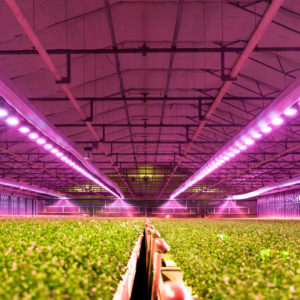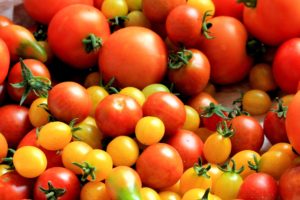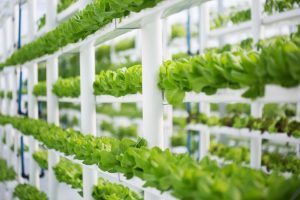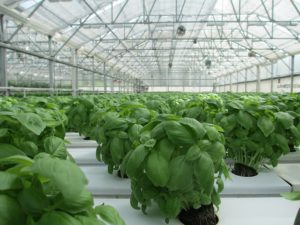Hydroponics is a way of growing plants without the need for soil. In hydroponics, water does all the work, and plants take in nutrients from the water that they would otherwise take from soil. The term comes from Greek, with the root ‘hydro’ meaning water, and ‘ponos’ meaning work, or labor.
Hydroponics may also be referred to as ‘soilless culture’ or water culture. These terms still come down to the basic principle: hydroponics is growing plants with water.
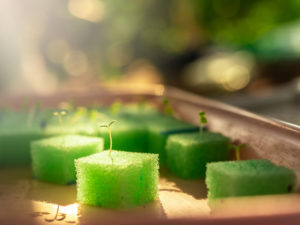 Hydroponics can be divided into different systems including: DWC, NFT, flood and drain, wick, and drip systems. Or, even different subsets of these techniques, such as aeroponics, fogponics, or aquaponics. Some setups use growing medium to stabilize plants, as well as nutrient and moisture levels. However, the nutrient rich water is the driving force behind plant growth.
Hydroponics can be divided into different systems including: DWC, NFT, flood and drain, wick, and drip systems. Or, even different subsets of these techniques, such as aeroponics, fogponics, or aquaponics. Some setups use growing medium to stabilize plants, as well as nutrient and moisture levels. However, the nutrient rich water is the driving force behind plant growth.
History and future
Hydroponics has been practiced in various forms throughout human history, although what we see today is more advanced. Most hydroponic setups use pumps to move water throughout the system. Either consistently or at timed intervals, this ensures that plants are properly fed, and the nutrient solution has plenty of oxygen. Artificial lighting, temperature, and humidity control provides the support plants would otherwise rely on when growing outside in soil.
Even NASA has turned to researching hydroponic (and aeroponic) agriculture as a means of cultivating plants in space. However, we can trace hydroponics back to as early as 500 BCE. Greek historians described the legendary hanging gardens of Babylon, and their incredible irrigation system. Today, it can only be seen as an advanced, massive hydroponic structure.
What makes it different than growing plants in dirt?
A common misconception is that plants need soil to grow. However, that’s far from accurate. Plants need the nutrients they gain from ‘drinking’ water in the soil. This water absorbs nutrients from the soil, which plants get when they take it into their roots. In fact, the soil isn’t the critical element at all. It’s the nutrients. With sufficient nutrients and suitable conditions, plants can (and do) thrive in soilless culture.
Controlled environment agriculture
Aside from the dirt, there are some important differences that people often overlook. Hydroponics is typically practiced indoors, within a specific grow room or area, if not in a greenhouse. While water is the driving factor of these systems, it actually uses significantly less than traditional agriculture. There is also less manual labor, less energy use overall, and typically much higher crop yields.
While traditional agriculture depends on seasonal factors, hydroponic systems have nearly every aspect of their climate under control. This means that hydroponic crops can grow year round, regardless of drought, excessive heat, or late frosts that can destroy a field.
Much like the controlled climate, hydroponic systems offer a greater level of control which produces greater yields and more nutritious crops. By carefully monitoring nutrient levels, each plant achieves optimal growth for each life cycle it goes through.
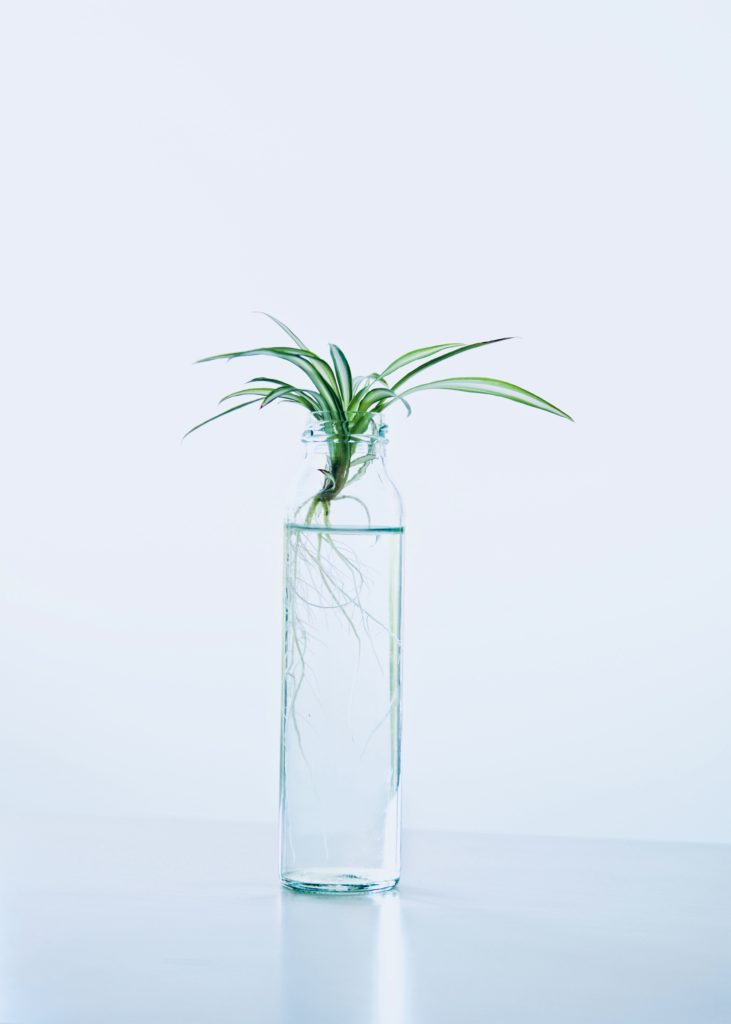
What are the benefits of hydroponics?
While traditional, soil culture farming is reliant on conditions widely outside of human control, hydroponics relies on human control. Hydroponic crops often average 50% faster growth than soil crops. It’s a more effective, cost and resource efficient method of growing crops. Plants can grow year round, regardless of environmental conditions. Even areas lacking arable land (suitable for growing crops) are no obstacle for a hydroponic farm. That’s because soil quality doesn’t factor into plant growth.
Growing without environmental harm
Not only is hydroponic agriculture more reliable than traditional farming, but it also avoids the majority of pest issues. Outdoors, these quickly take over fields on a farm. In turn, this means there’s less need for pesticides, which spread in the water runoff and get into surrounding ecosystems.
Greater efficiency
Hydroponic systems also use around 90% less water than traditional farming methods. Extremely efficient systems can use up to 98% less. These systems also use electrical energy, which is cleaner than fossil fuels powering the majority of farm machinery. Crops growing within these systems also produce a smaller carbon footprint. They grow with relatively little physical real estate. They’re also easier to place closer to urban areas where they’re needed. When hydroponics meets vertical farming, you can yield the same amount of produce as that of a traditional farm. All while taking only a tenth of space to do so.
